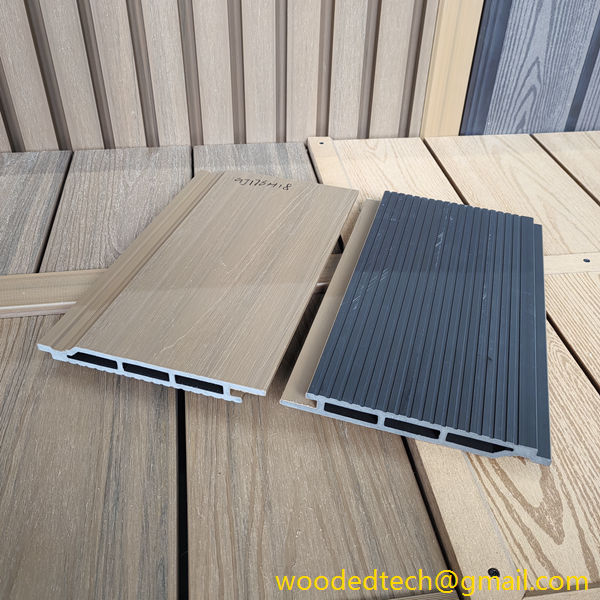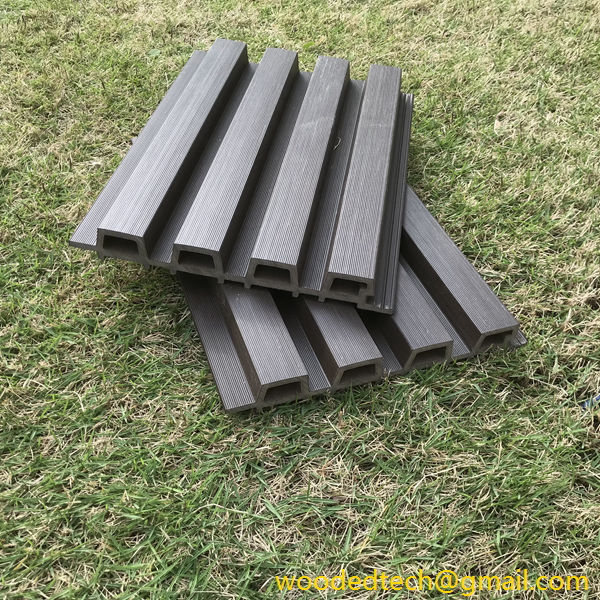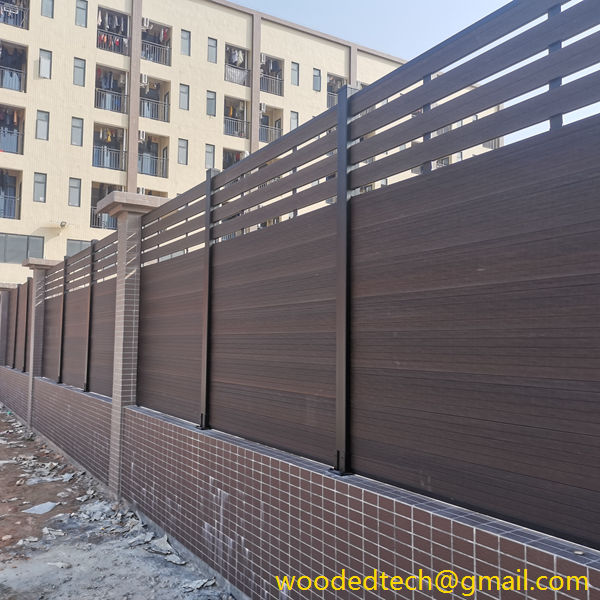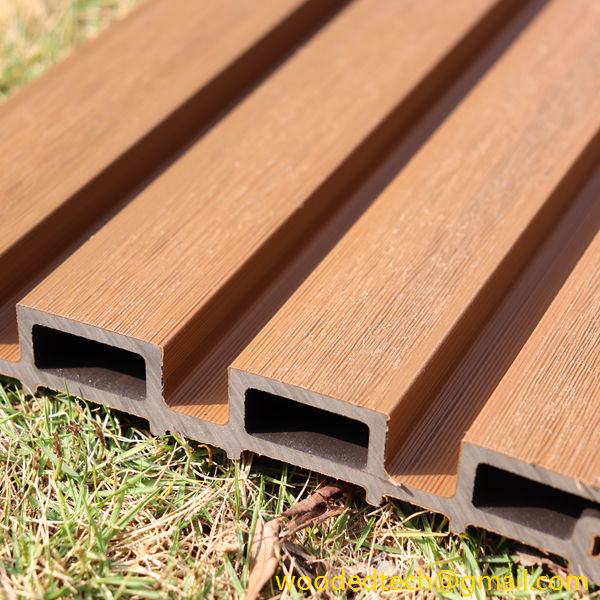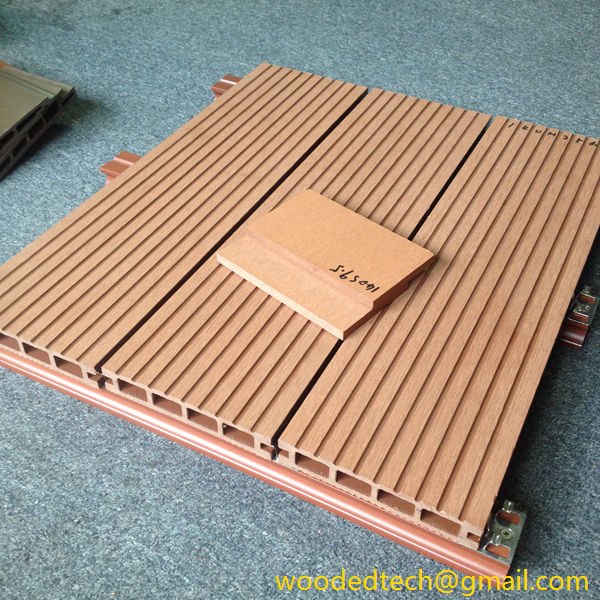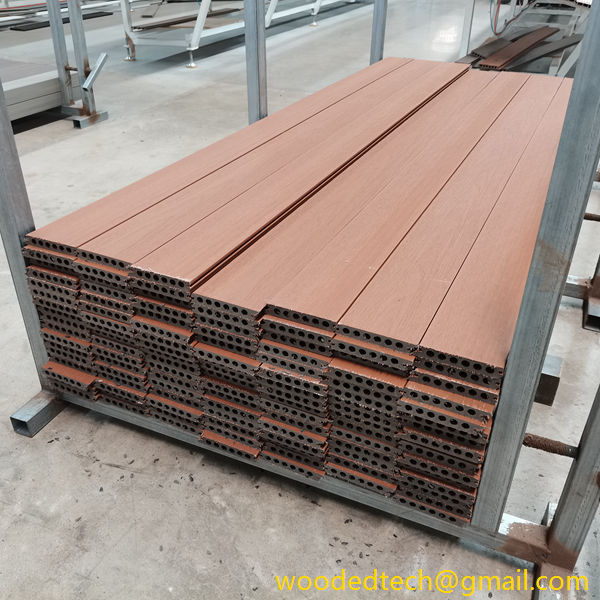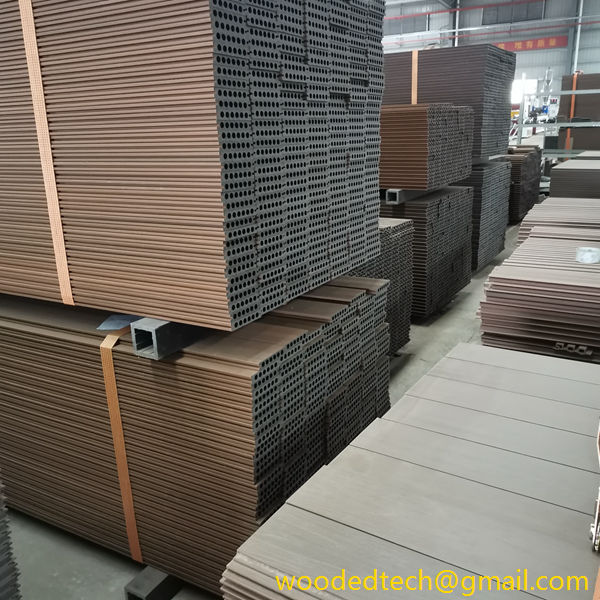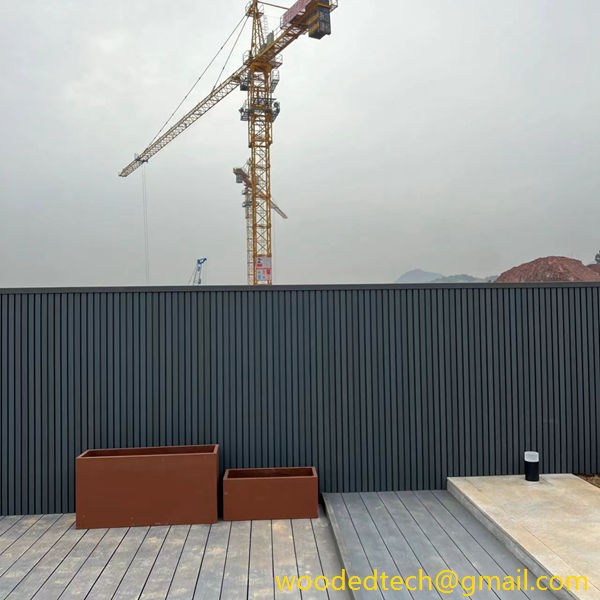Modern Mimari Tasarımlar ve Gelişmiş Curb Appeal için WPC Cephe Kaplama Seçeneklerini Keşfetmek
Wood Plastic Composites, commonly known as WPC, have emerged as a popular choice in modern architectural designs, particularly in the realm of facade cladding. These innovative materials combine the aesthetic appeal of wood with the durability and low maintenance characteristics of plastics, resulting in a versatile option that meets the demands of contemporary architecture. By exploring the material properties of WPC, we can better understand its advantages and suitability for enhancing curb appeal in various building projects.
One of the primary attributes of WPC is its exceptional durability. Unlike traditional wood cladding, which is susceptible to rot, warping, and insect damage, WPC is engineered to withstand the elements. This resistance to decay is a significant advantage, especially in regions that experience extreme weather conditions. The composite structure of WPC allows it to maintain its integrity over time, ensuring that the facade retains its visual appeal and functional performance for many years. This longevity not only contributes to lower maintenance costs but also enhances the building’s overall sustainability.
In addition to durability, WPC offers a level of design flexibility that is hard to match. Available in a wide range of colors, textures, and finishes, WPC can mimic the appearance of natural wood while providing the added benefits of synthetic materials. Architects and designers can choose from various profiles and dimensions, allowing for creative applications that align with the aesthetic goals of modern architecture. Whether aiming for a sleek and contemporary look or a more rustic appearance, WPC can be customized to fit the desired design narrative. This versatility is particularly appealing as it allows for unique architectural expressions that can significantly boost the curb appeal of any building.
Another significant advantage of WPC is its low maintenance requirements. Traditional wood cladding often necessitates regular staining, sealing, and repainting to preserve its appearance and protect it from the elements. In contrast, WPC requires minimal upkeep. A simple wash with soap and water is typically sufficient to keep the facade looking fresh and clean. This ease of maintenance is particularly attractive to property owners and developers who want to minimize ongoing costs and labor associated with building upkeep. The reduced need for maintenance also translates into less environmental impact over the lifecycle of the material, aligning with the growing trend toward sustainable building practices.
From a performance perspective, WPC is designed to offer excellent thermal insulation properties. This characteristic can contribute to energy efficiency in buildings, as it helps to regulate indoor temperatures and reduce reliance on heating and cooling systems. By improving thermal performance, WPC cladding can enhance the overall energy profile of a structure, making it more appealing to environmentally conscious consumers and investors alike. Enhanced energy efficiency not only reduces utility costs for occupants but also contributes to a building’s sustainability credentials, which can be a significant selling point in today’s market.
Moreover, WPC is inherently resistant to fading and discoloration, which can be a common issue with other cladding materials exposed to sunlight. The UV stability of WPC means that it retains its color and finishes over time, ensuring that the facade continues to look vibrant and attractive. This property is especially beneficial in regions with high sun exposure, where other materials may degrade and lose their visual appeal more rapidly. The long-lasting aesthetic quality of WPC contributes to maintaining high curb appeal, which is crucial for residential and commercial properties alike.
In conclusion, exploring WPC facade cladding options reveals a multitude of benefits that cater to the needs of modern architectural design while enhancing curb appeal. The combination of durability, design flexibility, low maintenance, thermal performance, and resistance to fading makes WPC an ideal choice for contemporary buildings. As architects and builders continue to seek innovative materials that meet sustainability goals and aesthetic demands, WPC stands out as a leading option that aligns with the principles of modern architecture. By integrating WPC into facade designs, property owners can achieve not only a beautiful exterior but also a lasting investment in the functionality and sustainability of their structures. The future of facade cladding appears brighter with WPC, paving the way for creative possibilities and enhanced visual impact in the architectural landscape.

